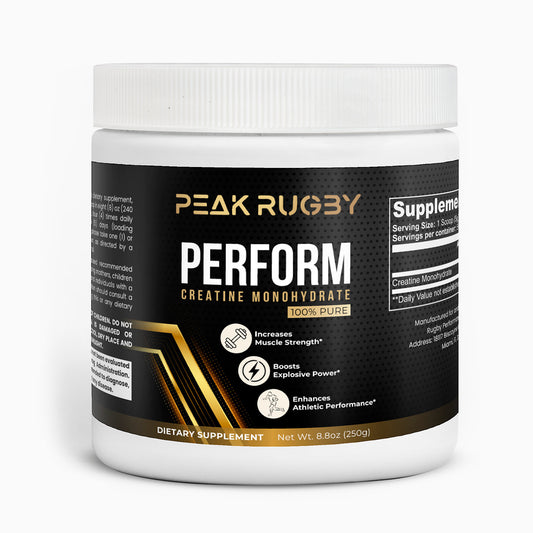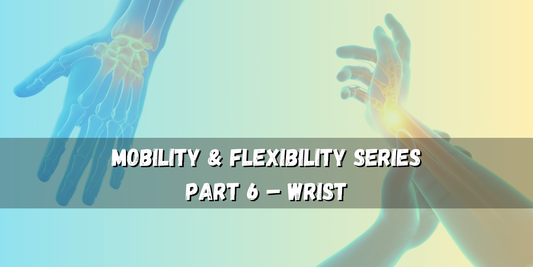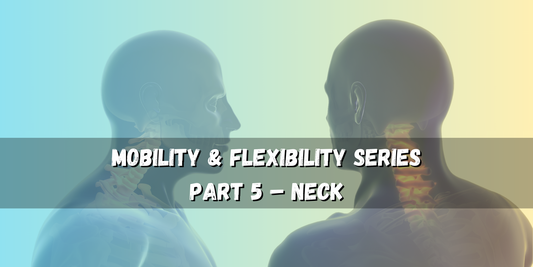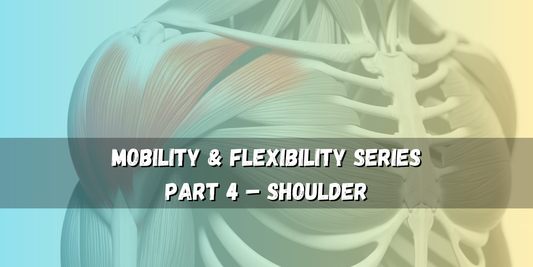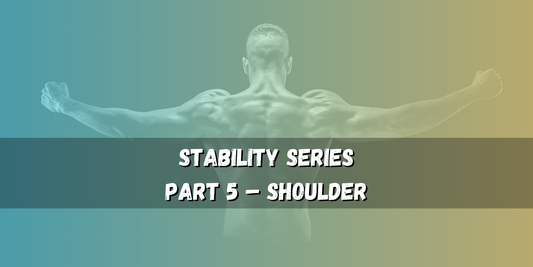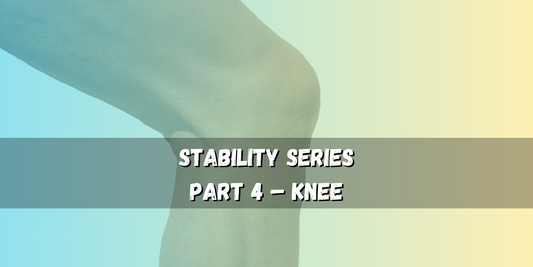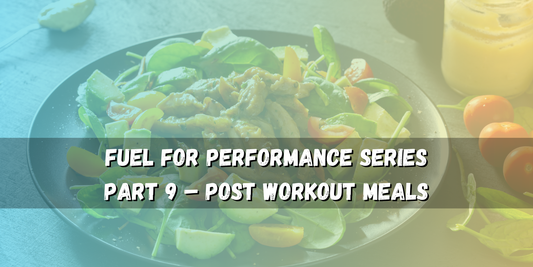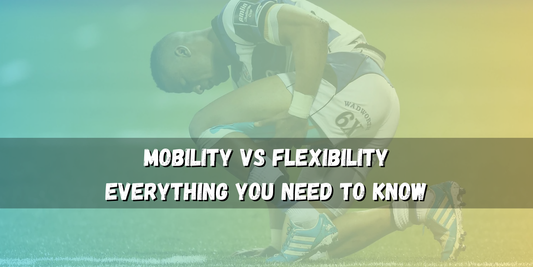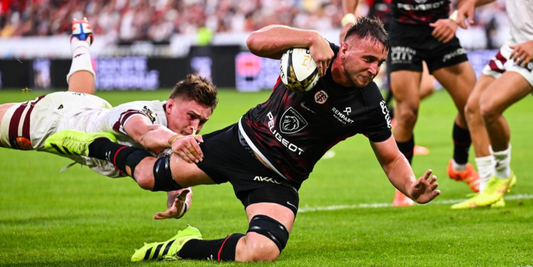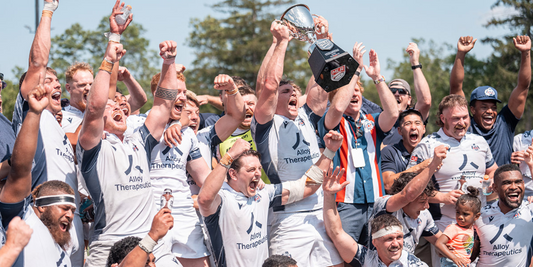Your hips are the foundation of almost every powerful movement in rugby—from sprinting and tackling to sidestepping and scrummaging. But when your hips are tight or restricted, everything from speed to injury prevention takes a hit. If you’re looking to move better, generate more force, and reduce lower-body stress, improving hip mobility is non-negotiable.
This is Part 1 of our Mobility & Flexibility Series, where we break down each critical joint and show you how to build resilience and performance from the ground up.
Check out the rest of the series:
- Part 2: Ankle Mobility – Boost Speed & Agility
- Part 3: Thoracic Mobility – Enhance Movement & Control
- Part 4: Shoulder Mobility – Maximize Range & Strength
-
Part 5: Neck Mobility – Absorb Force & Protect Your Spine
- Part 6: Wrist Mobility – Improve Grip & Dexterity
Let’s dive in.
WHAT IS HIP MOBILITY?
Hip mobility is the ability to move your hips freely and efficiently through a full range of motion—without pain, restriction, or stiffness. It’s not just about being able to do the splits (that’s flexibility).
Mobility is about control, strength, and freedom of movement—things every rugby player needs.
Good hip mobility allows you to:
- Sprint faster
- Sidestep and change direction smoothly
- Power through tackles
- Stay low in scrums and rucks
- Reduce stress on your knees and lower back
THE HIP COMPLEX - YOUR POWER CENTER
Your hips are the center of all lower body movement, connecting your upper and lower body. The “hip complex” is made up of several key muscles that work together to provide stability, power, and movement on the rugby field.
Here’s a quick breakdown:
1. Hip Flexors (Iliopsoas & Rectus Femoris)
- Role: Lifting your knee and driving forward when sprinting.
- When Tight or Weak? Limits stride length, slows you down, and can pull your pelvis into a poor position, leading to lower back pain.
2. Glutes (Maximus, Medius, Minimus)
- Role: Hip extension, lateral stability, power for tackling and sprinting.
- When Tight or Weak? You lose explosiveness and your knees and lower back pick up extra stress.
3. Adductors (Groin Muscles)
- Role: Controlling side-to-side movement & stability during cutting or change of direction.
- When Tight or Weak? Limits lateral movement and increases the risk of groin strains.
4. Hamstrings
- Role: Hip extension and deceleration.
- When Tight or Weak? Limits your ability to sprint and increases the chances of hamstring strains.
5. Quadriceps
- Role: Knee extension and sprinting power.
- When Tight or Weak? Pulls on your hips and knees, increasing the risk of knee pain and quad strains.
All these muscles must work together smoothly. If one group is tight or weak, it affects everything else—leading to poor performance and increased risk of injury.
WHY HIP MOBILITY IS A MUST FOR RUGBY PERFORMANCE
1. More Power & Speed
Every explosive movement—sprinting, stepping, tackling—starts from your hips. If your hips are mobile, your legs can generate maximum power without restriction.
2. Better Agility & Balance
Loose, mobile hips allow you to change direction quickly and stay balanced under pressure, whether you’re dodging a tackler or holding your ground in contact.
3. Lower Injury Risk
This is the big one. Tight hips lead to compensations in your knees and lower back.
This is where we see common rugby injuries like:
- Patellar Tendinitis (Knee Pain)
- ACL Tears
- Lower Back Strains
- Groin Pulls
When your hips can’t move well, other joints take the load—and that’s when injuries happen.
TIGHT HIPS: THE ROOT CAUSE OF KNEE AND LOWER BACK PAIN
Think of your body like a chain. If the hips (middle link) are stiff, the knees (below) and lower back (above) are forced to work harder to make up for it.
Here’s how it plays out:
- Tight Hip Flexors → Anterior Pelvic Tilt → Lower Back Pain
- Weak Glutes → Poor Knee Stability → ACL, Meniscus, or Patellar Injuries
- Restricted Adductors → Limited Lateral Movement → Groin Strains
This is especially true for young rugby players who are still developing and spend hours sitting (school, video games)—tightening their hips even more.
THE SIMPLE HIP MOBILITY ROUTINE EVERY RUGBY PLAYERS NEEDS
Improving hip mobility doesn’t take hours. 10-15 minutes a day is often all you need.
Here’s a simple three-step process using foam rolling and stretching to keep your hips mobile and strong:
Step 1: Foam Rolling (3-5 Minutes)
- Goal: Loosen up tight muscles and increase blood flow.
- Muscles: Hip Flexors & Quads, Glutes, TFL, Adductors, Hamstrings, IT Band
Step 2: Stretching (5-10 Minutes)
- Goal: Unlock your hips and increase your range of motion.
- Exercises: Hip Flexor Stretch, Glute Stretch, Adductor Stretch, Hamstring Stretch, Quad Stretch, 90/90 Hip Stretch
Step 3: Make It a Daily Habit
Hip mobility work is not optional—it’s part of rugby preparation. Every player, young or experienced, needs it.
- Before Training: Warm-up.
- After Training: Cool down.
- On Rest Days: Extra work on tight areas.
WATCH THE FULL ROUTINE
We’ve put together the full routine on our YouTube channel to guide you through these foam rolling, stretching and activation exercises.
Check the Hip Mobility Routine below:
FINAL THOUGHTS
Improving hip mobility isn’t just about moving better—it’s about unlocking more power, staying injury-free, and building a body that can handle the demands of rugby at every level.
- Stronger tackles and cleaner sidesteps
- Faster acceleration and smoother transitions
- Lower risk of groin strains, back pain, and knee issues
Start today. Your hips (and your performance) will thank you.
Need More Help?
Check out our Rugby Workout Plans and Customized Training Programs to build a stronger, more resilient body.
This wraps up Part 1 of our Mobility & Flexibility Series: Hip Mobility. If you found this post helpful, make sure to:
- Like and share this post with fellow rugby players
- Bookmark the blog to stay updated on the next parts of the series
-
Follow Peak Rugby on X, Facebook and subscribe to the YouTube Channel for more rugby-specific training, mobility, and recovery tips.
Stay strong, keep pushing forward, and keep working on your mobility!



